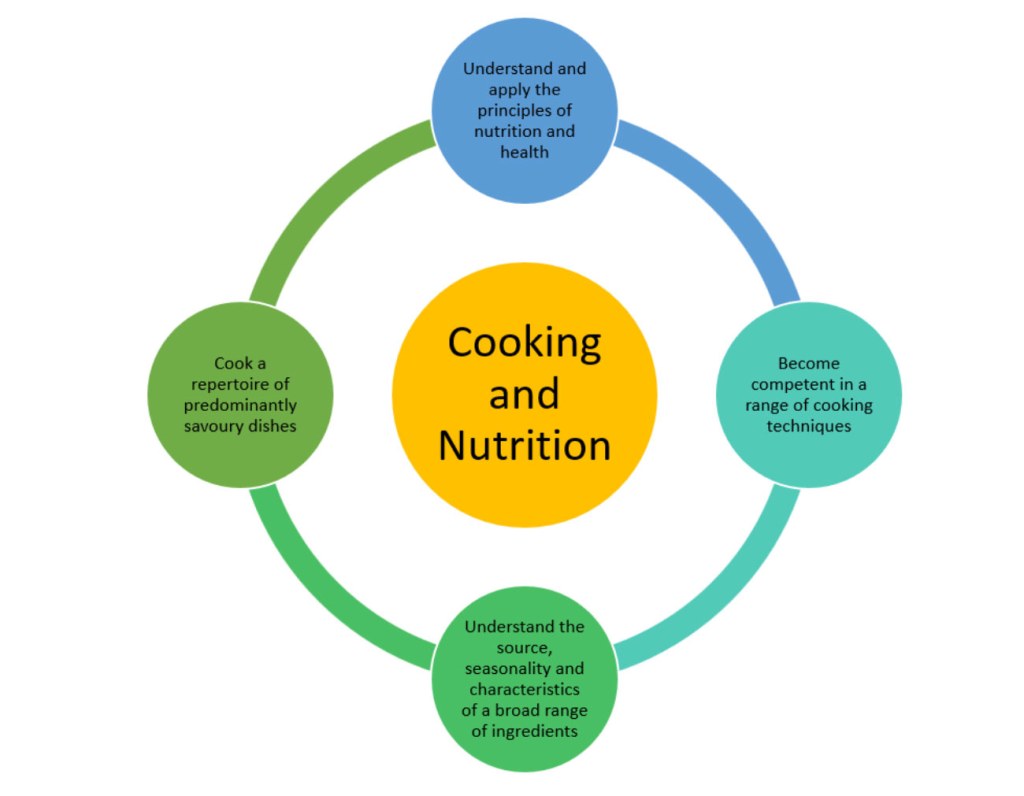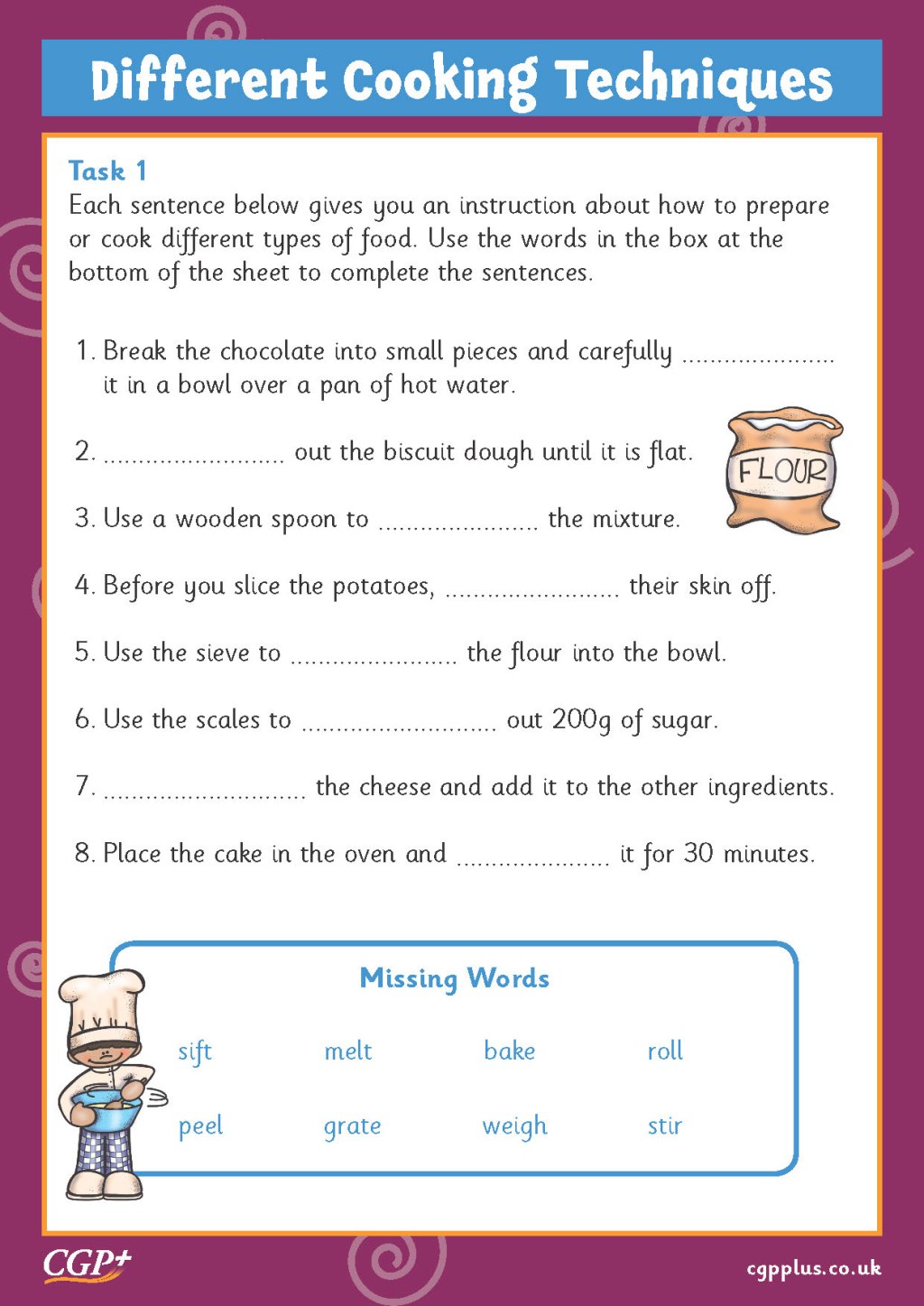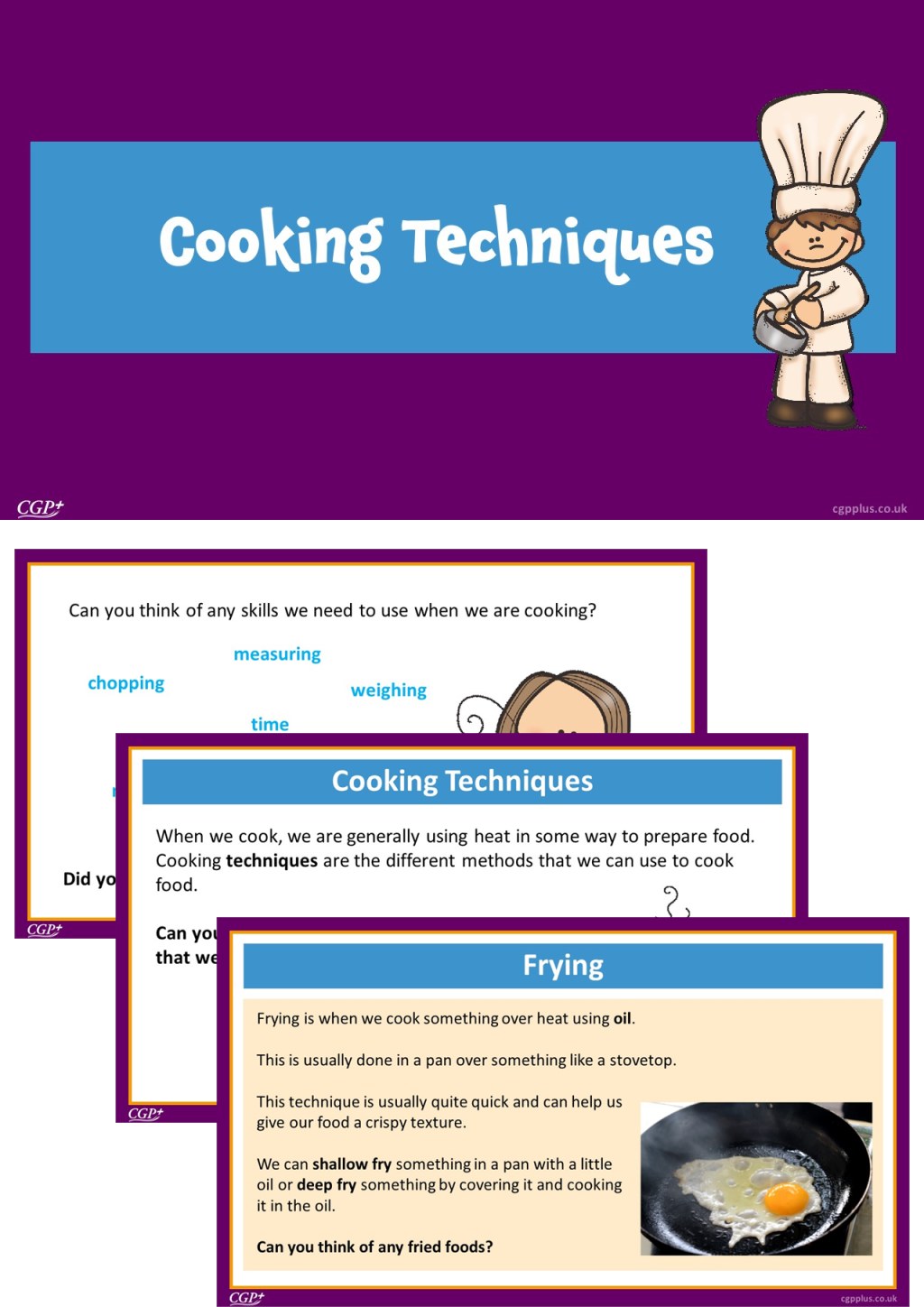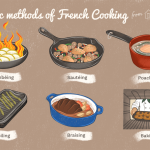Unleash Culinary Creativity With Engaging Food Preparation Techniques KS2: Explore, Learn, And Master!
Food Preparation Techniques KS2: A Guide to Mastering Culinary Skills
Greetings, friends! In today’s article, we will delve into the fascinating world of food preparation techniques for Key Stage 2 (KS2) students. Whether you are a parent, teacher, or simply someone interested in enhancing your cooking skills, this guide will provide valuable insights and practical tips to help you master the art of culinary preparation. So without further ado, let’s get started!
Introduction
Food preparation techniques play a crucial role in developing essential cooking skills among KS2 students. These techniques not only enhance their ability to create delicious meals but also teach them about safety and hygiene in the kitchen. In this introduction, we will explore the importance of food preparation techniques in KS2 education and how they contribute to the overall development of children.
3 Picture Gallery: Unleash Culinary Creativity With Engaging Food Preparation Techniques KS2: Explore, Learn, And Master!



1️⃣ What are food preparation techniques? Food preparation techniques refer to the various methods and processes involved in transforming raw ingredients into cooked and ready-to-eat meals. These techniques encompass a wide range of skills, including chopping, peeling, slicing, grating, and mixing, among others.
2️⃣ Who should learn food preparation techniques? KS2 students, typically aged 7 to 11, are at an ideal stage to develop their culinary skills. By providing them with the necessary knowledge and guidance, we empower them to make healthier food choices and develop a lifelong love for cooking.
3️⃣ When should food preparation techniques be taught? It is crucial to introduce food preparation techniques at an early age. KS2 students are at a stage where they are more receptive to learning new skills. By incorporating food preparation into their curriculum or home cooking activities, we can nurture their culinary talents and instill a sense of confidence in the kitchen.

Image Source: sharplesschool.co.uk
4️⃣ Where can food preparation techniques be practiced? Food preparation techniques can be practiced in various settings, including schools, homes, and community centers. By creating a safe and supportive environment, we enable KS2 students to explore their creativity and develop a strong foundation in culinary arts.
5️⃣ Why are food preparation techniques important? Food preparation techniques offer numerous benefits to KS2 students. They not only foster teamwork, communication, and problem-solving skills but also promote healthy eating habits and an appreciation for diverse cuisines. Additionally, mastering these techniques equips students with essential life skills that they can carry into their adulthood.
6️⃣ How can food preparation techniques be learned? Teaching food preparation techniques involves a combination of theory and hands-on practice. Engaging KS2 students in interactive cooking sessions, providing step-by-step guidance, and encouraging creativity are effective approaches to help them grasp these skills. Incorporating practical demonstrations, recipes, and educational resources further enhances their learning experience.
Exploring Food Preparation Techniques KS2
1️⃣ Chopping and Dicing
To start our culinary journey, let’s dive into the art of chopping and dicing. This technique involves cutting ingredients into small, uniform pieces, enhancing their visual appeal and ensuring even cooking. Whether it’s chopping onions, dicing carrots, or mincing garlic, mastering this skill is essential for various recipes.
2️⃣ Peeling and Grating

Image Source: cgpplus.co.uk
Peeling and grating are essential techniques in food preparation. From peeling potatoes to grating cheese, these skills come in handy when adding texture and flavor to dishes. By peeling fruits and vegetables properly and grating ingredients with precision, KS2 students can elevate their culinary creations.
3️⃣ Mixing and Blending
Mixing and blending are fundamental techniques for creating harmonious flavors and textures in dishes. From whisking ingredients together to using a blender or food processor, KS2 students can experiment with different mixing methods to achieve the desired results. Learning how to balance flavors and achieve optimal consistency is key.
4️⃣ Baking and Roasting

Image Source: cgpplus.co.uk
Baking and roasting are popular cooking techniques that require precise temperature control and timing. KS2 students can explore the world of baking by learning how to measure ingredients, follow recipes, and operate an oven safely. From cookies to cakes, mastering the art of baking opens up a whole new realm of culinary possibilities.
5️⃣ Steaming and Boiling
Steaming and boiling are healthy cooking techniques that help retain nutrients in food. KS2 students can learn how to steam vegetables and boil pasta or rice. By understanding the importance of timing and knowing when to add ingredients, they can create wholesome and flavorful meals.
6️⃣ Grilling and Barbecuing
Grilling and barbecuing techniques offer a unique and smoky flavor to various dishes. KS2 students can learn about marinating, skewering, and grilling meats, vegetables, and fruits. By mastering these techniques, they can enjoy outdoor cooking experiences and create mouthwatering dishes for family and friends.
Advantages and Disadvantages of Food Preparation Techniques KS2
Now that we have explored the various food preparation techniques for KS2 students, let’s dive into the advantages and disadvantages of incorporating these skills into their education:
Advantages:
1. Promotes healthy eating habits and an appreciation for diverse cuisines.
2. Fosters creativity, teamwork, and problem-solving skills.
3. Develops essential life skills that can be carried into adulthood.
4. Enhances confidence and self-esteem in the kitchen.
5. Encourages experimentation and culinary exploration.
Disadvantages:
1. Requires supervision and guidance to ensure safety.
2. Can be time-consuming, especially for complex recipes.
3. May require access to specific kitchen equipment and ingredients.
4. Potential for food waste if not properly managed.
5. Challenges in adapting recipes for dietary restrictions.
Frequently Asked Questions (FAQs)
1. Can KS2 students handle sharp knives safely?
Yes, with proper guidance and supervision, KS2 students can learn how to handle sharp knives safely. It is essential to teach them the correct techniques, such as the claw grip, and emphasize the importance of caution and respect for kitchen tools.
2. Are food preparation techniques suitable for children with allergies?
Yes, food preparation techniques can be adapted to accommodate children with allergies. By identifying alternative ingredients and following proper hygiene practices, KS2 students can still enjoy the benefits of learning culinary skills while respecting their dietary restrictions.
3. How can parents support their children’s development in food preparation techniques?
Parents can support their children’s development by involving them in cooking activities at home, providing age-appropriate recipes, and encouraging them to explore new flavors and ingredients. Creating a positive and enjoyable cooking environment fosters their love for food and enhances their culinary skills.
4. Are there any online resources available for learning food preparation techniques?
Yes, numerous online resources, websites, and video tutorials provide step-by-step guidance on food preparation techniques for KS2 students. These resources offer interactive learning experiences and educational content that can complement classroom teachings.
5. How can schools integrate food preparation techniques into their curriculum?
Schools can integrate food preparation techniques into their curriculum by incorporating cooking classes, nutrition education, and practical demonstrations. Collaborating with local chefs or culinary experts can further enrich the learning experience for KS2 students.
Conclusion: Time to Unleash Your Culinary Creativity!
As we conclude our exploration of food preparation techniques for KS2 students, we hope you feel inspired and empowered to embark on your culinary journey. By mastering these skills, you not only enhance your cooking abilities but also develop valuable life skills that will accompany you through adulthood. So, grab your aprons, gather your ingredients, and let your creativity flourish in the kitchen!
Final Remarks: Embrace the Joy of Cooking
In today’s fast-paced world, taking the time to prepare and savor a home-cooked meal is a precious experience. While the art of food preparation may seem daunting at first, it is a skill that can be learned and perfected with practice. Remember, cooking is not only about the end result but also about the joy, creativity, and connection it brings. So, embrace the joy of cooking, experiment with flavors, and savor every delicious moment!
This post topic: Cooking Techniques


